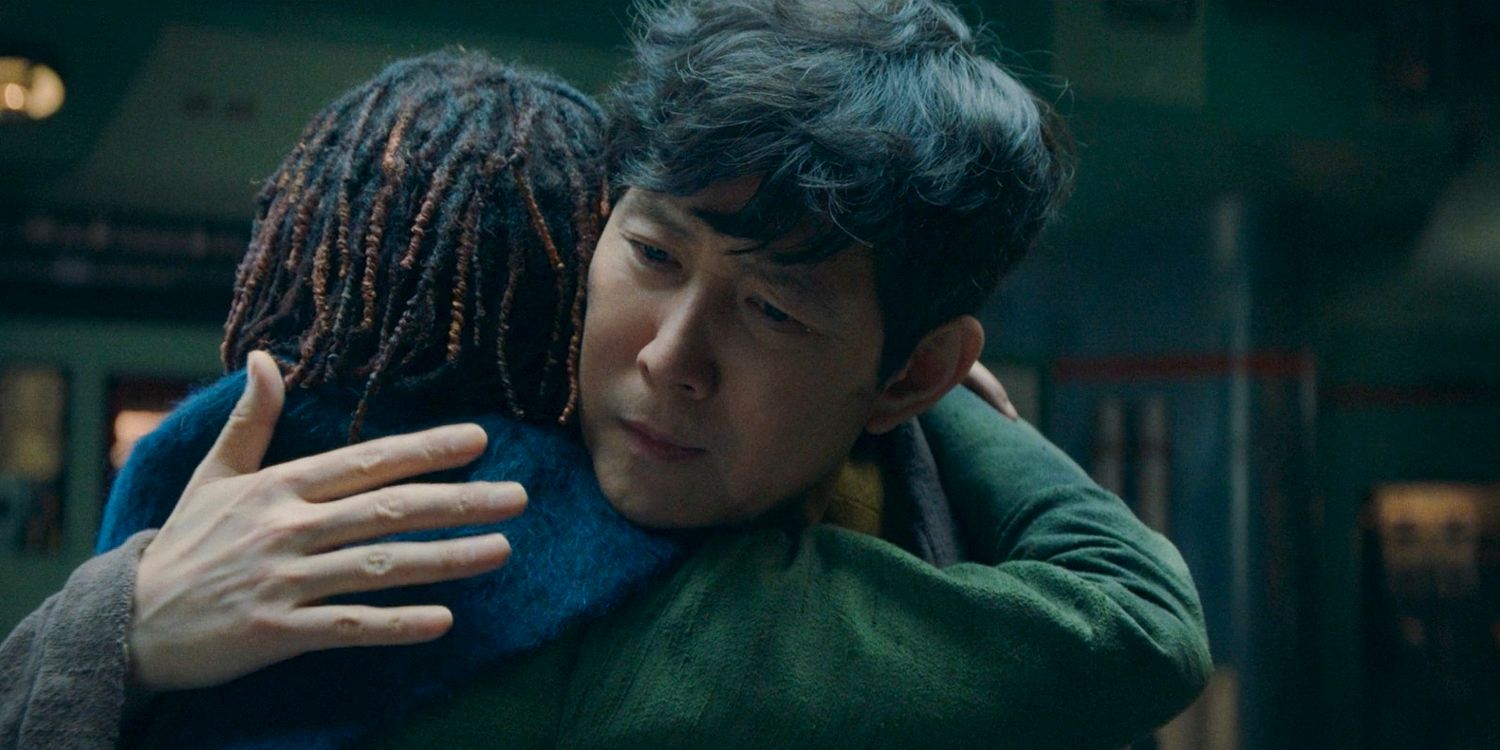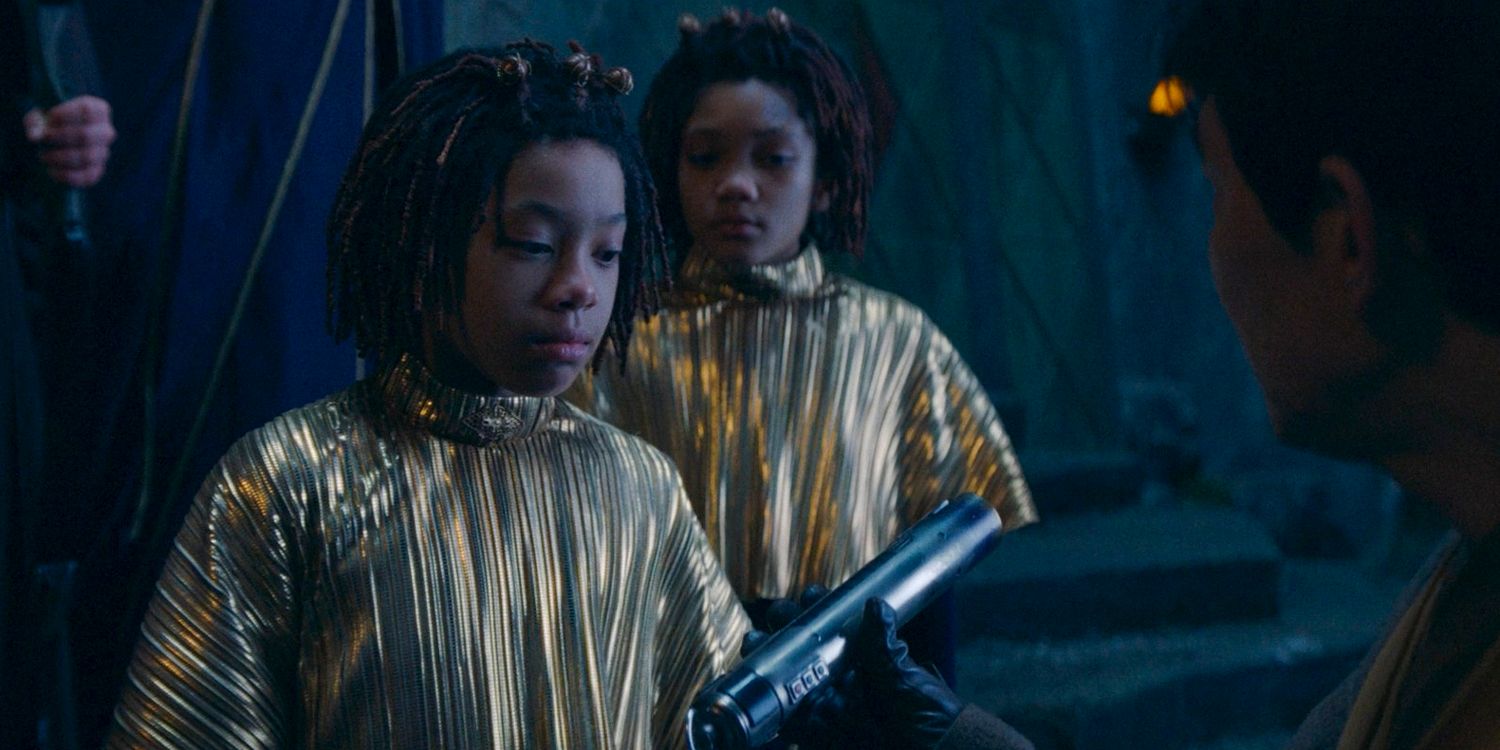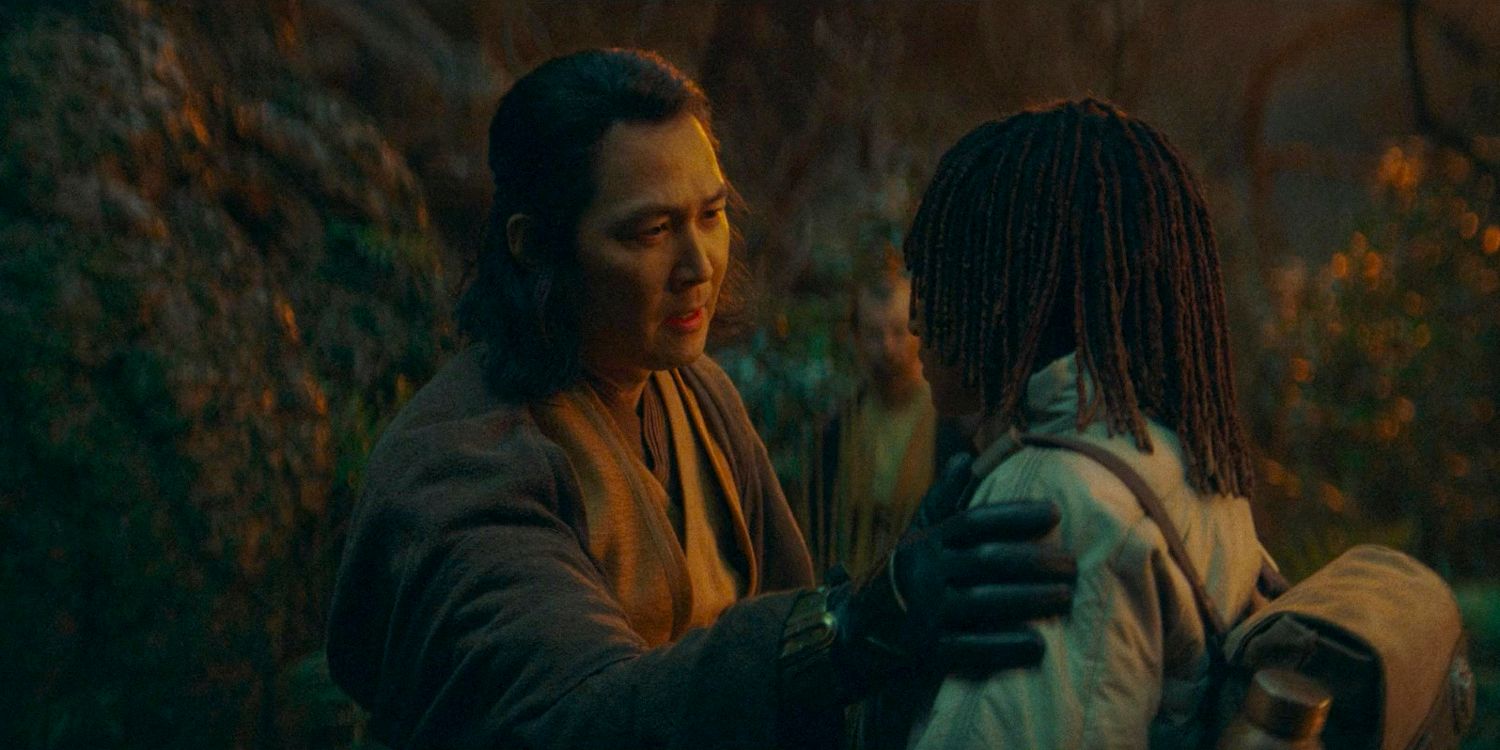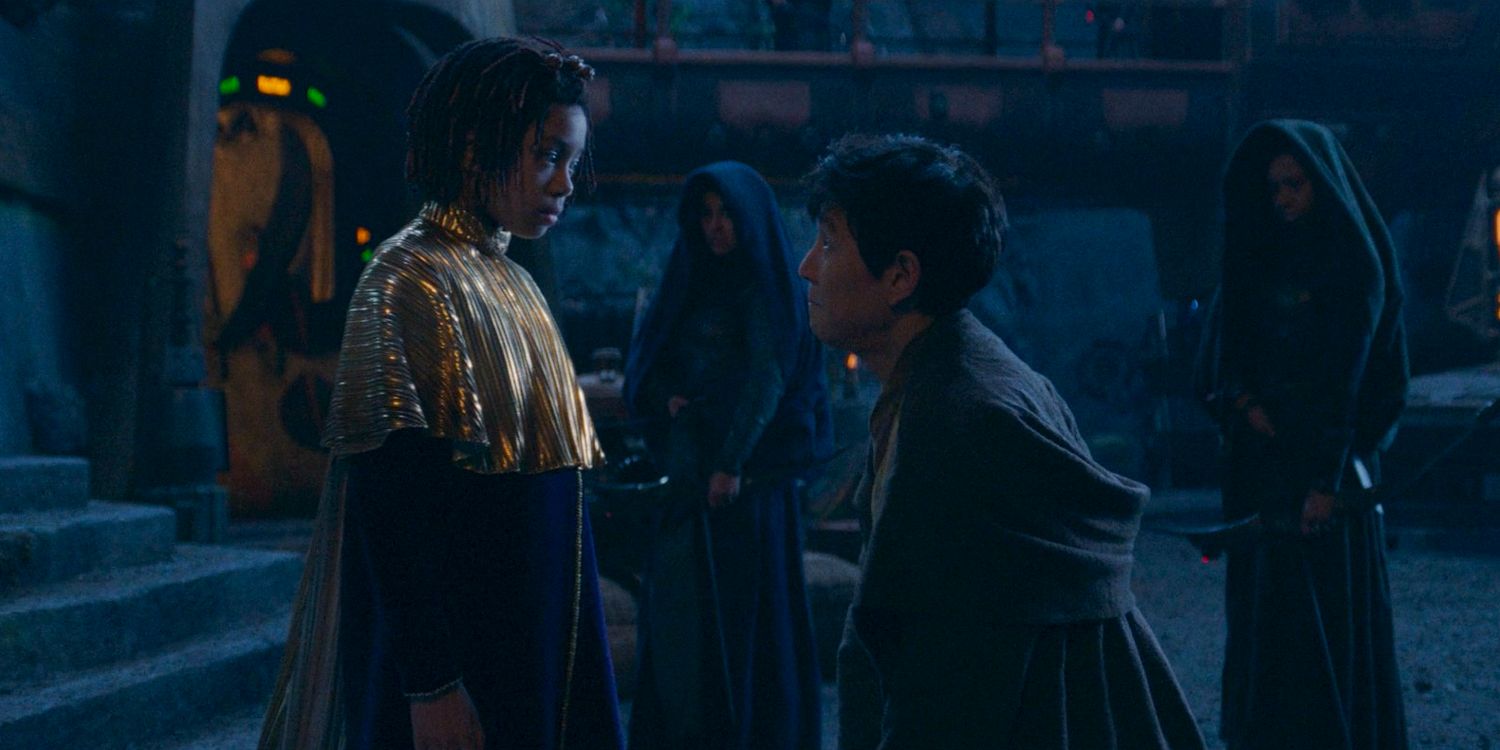
In an interview with Star Wars, The Acolyte’s showrunner, Leslye Headland, confirmed that Sol’s complex narrative in the show is meant to be reminiscent of Anakin’s in the prequel trilogy. Specifically, Headland explained:
“There’s this big theme of duality in the show: the twins, the idea that Sol is kind of split in half in terms of his duty as a Jedi, but then also this paternal love that he has for Osha. Those two things cannot coexist, and yet he is attempting to make them coexist.”
Subtly, this means The Acolyte had a message very similar to the prequel trilogy’s own: the Jedi who have major attachments are doomed to fail.
The Acolyte Shows The True Danger Of Attachment










Like Anakin, Master Sol struggled with attachments, and it led to his demise. However, Master Sol’s attachment to Osha was much more confusing than Anakin Skywalker’s attachments were. In Anakin’s case, his obsession with not losing the people he loved (not only Padmé but also Obi-Wan Kenobi, his master, and Ahsoka Tano, his Padawan) stemmed from trauma, specifically the death of his mother in Star Wars: Episode II – Attack of the Clones.
Master Sol’s attachment to Osha was much more confusing than Anakin Skywalker’s attachments were.
While, yes, Anakin’s attachment to Padmé was undoubtedly stronger and more problematic in the long run than the rest were, his issues with attachment went beyond just one person. This was not true of Master Sol, who seemed downright obsessed with Osha and the thought of saving her essentially as soon as he met her. Most curious of all was that this issue with attachment didn’t seem to extend to Sol’s other Padawan, Jecki Lon. In fact, Jecki seems bewildered by Master Sol’s change in behavior at the beginning of The Acolyte.
Nevertheless, as Anakin did, Master Sol proved that attachments can quite literally be deadly. Attachment to Osha was the very reason why Master Sol killed Mother Aniseya, as he believed her to be in danger and would have stopped at nothing to ‘rescue’ her. This obsession persisted until the very end, when Sol was convinced he had still done the right thing by killing Mother Aniseya. Osha, who choked Sol to death upon learning what he’d done, didn’t agree.
Master Sol proved that attachments can quite literally be deadly.
As Headland explains, this dynamic is a parallel to Anakin’s own story and his struggles. While it may have been the thought of losing Padmé that ultimately drove Anakin completely to the dark, Ahsoka leaving the Jedi Order nevertheless propelled him toward that dark path, too, because he couldn’t really bear to lose her. Moreover, Anakin’s inability to choose between the life of a Jedi and a life spent with Padmé tore him apart and contributed to his fall, mirroring Sol’s inability to decide between his paternal love for Osha and following the way of the Jedi in The Acolyte.





